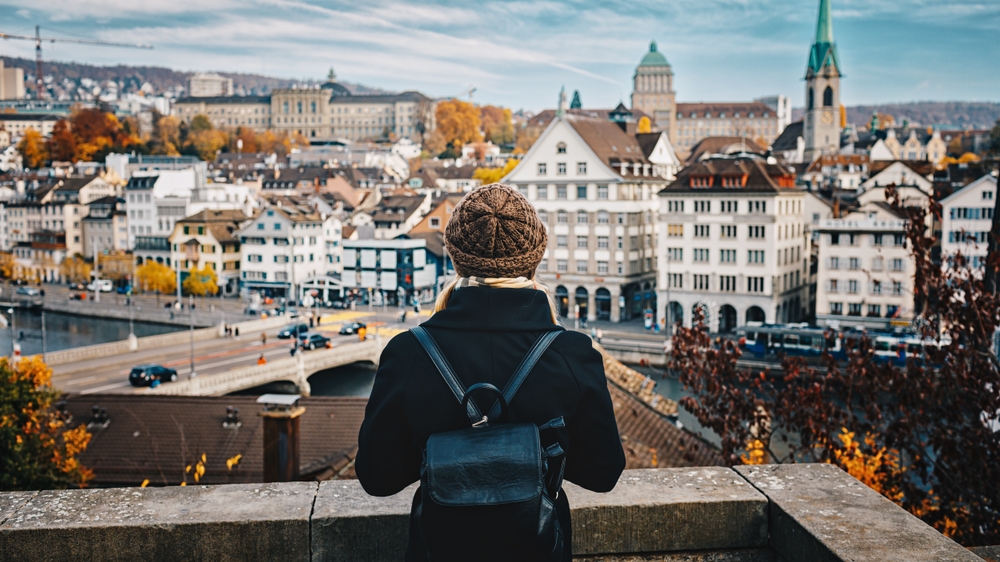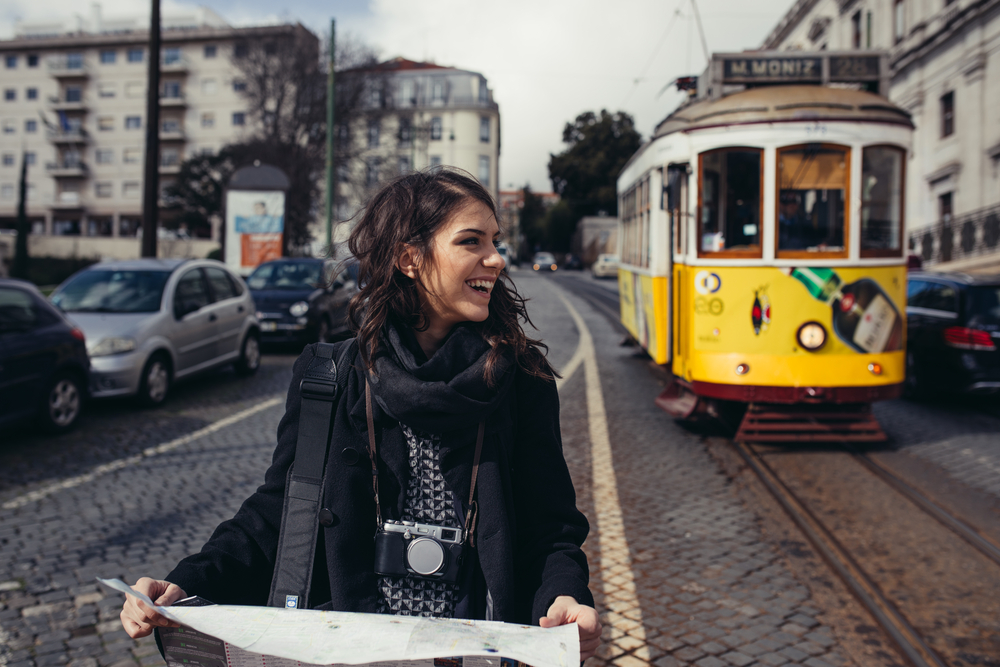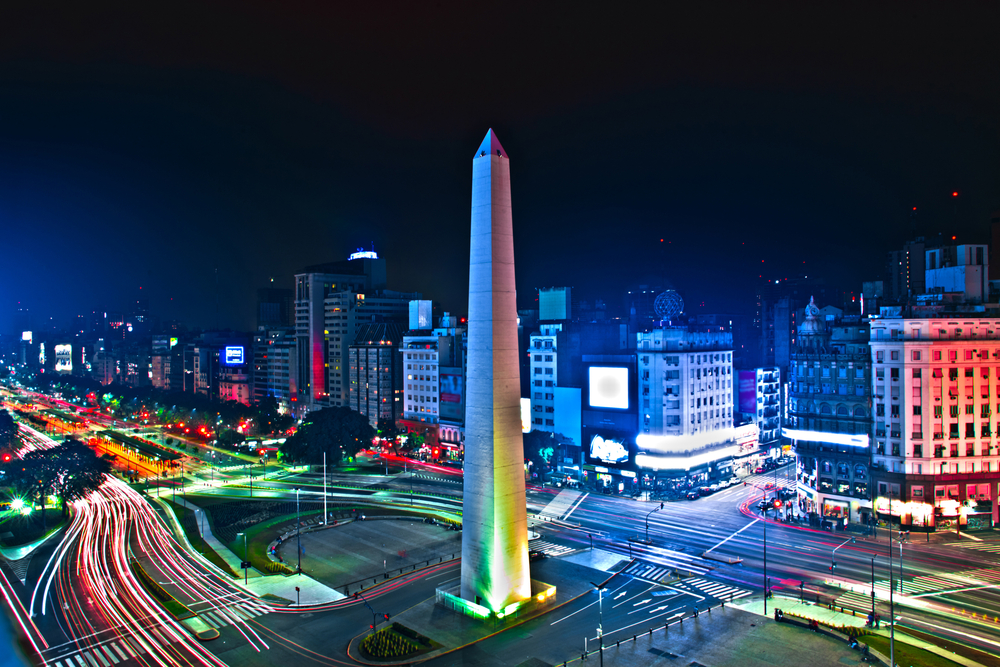Whether you’re heading to Spain, Germany or Amsterdam, there are new routes and specials to explore
Europe is in the midst of a great rail revival. An increased awareness of environmental issues, the many hassles of air travel and the mental effort required to drive long distances are all reasons for people to get back onto trains. European passenger numbers are on the rise again, if not quite at pre-pandemic levels.
In response, operators across the continent are investing in new services, tracks and special offers. And it’s only going to get better: Dozens of projects are in motion from the Baltic states to Portugal, with the European Union aiming to double high-speed rail traffic by 2030 and supporting “10 pilot projects to establish new rail services or improve existing ones” right now.
My family’s summer will involve a train journey from Paris to Barcelona, down the Rhône valley and along the Mediterranean coast, but you don’t have to travel at 200 miles an hour to get the best out of Europe’s rail network.
From slow trains to high-speed bargains, there are plenty of options if you’re traveling in Europe in the next few months.
New sleepers from Belgium and Sweden
The sleeper train revival is picking up speed. They seemed to be on the way out in 2016, when the government of France, their last stronghold, decided to cut funding for a number of services. Happily, many of those have since been restored, and other countries around Europe — most notably Austria, under the brand name Nightjet — are investing heavily in night trains.
This summer sees the debut of a service between Brussels and Berlin, two key political centers, run by a new company called European Sleeper. Customers can leave Brussels at 7:22 p.m. (or Amsterdam at 10:34 p.m.) on Monday, Wednesday and Friday, and arrive in Berlin at 6:48 a.m. Return trips depart on Sunday, Tuesday and Thursday. There are three types of tickets, starting at $85: a seat, a bed in a six-berth compartment or a bed in a three-bed compartment.
Other night trains have also recently been introduced, such as Stockholm to Hamburg, which started in the fall, or Paris to Vienna, which began in 2021.
I’ve traveled on night trains from Paris to the south of France on a number of occasions. The experience is not luxurious, but it’s generally cheaper than the cost of a flight and a room — and the beds, while slim, are surprisingly comfortable. Be warned, though: The romance of trundling across Europe in the dead of night can make it hard to sleep.
German rail pass for $50 a month
Last summer Germany’s national rail company, Deutsche Bahn, offered monthly passes for the country’s huge network for under $10, a response to cost-of-living problems caused by a sharp rise in costs for electricity, food, heating and mobility. The success of that project has led to the introduction of the Deutschland-Ticket, which will cost around $50 a month and allow unlimited travel on all trains, buses and city subway services, with the exception of the most direct and speedy intercity services.
The possibilities are enticing. Beer lovers, for example, could travel from Düsseldorf to Cologne to Bamberg and onward to Munich, hopping off for distinctive local brews along the way. Those in search of scenery, meanwhile, might prefer the West Rhine Railway, stretching down the Rhine from Cologne in the north to Mainz.
One thing to remember: The Deutschland-Ticket is only available as a rolling, app-based subscription. British train expert Mark Smith, better known online as the Man in Seat 61, recommends canceling by the 10th of the month to avoid being charged for more than a month.
The first 100-mph locomotive, in the U.K.
Given locomotives are a British invention, the rail network in the United Kingdom can be a disappointment. Yes, it’ll get you where you need to go, eventually, but services are often late, and there’s only one high-speed line, used by Eurostar and domestic services, from London into the Kentish countryside. The current national debate over ongoing construction of HS2 (High Speed 2) offers a reason: NIMBY-ish attitudes tend to triumph over the greater good.
No wonder Britons are wont to retreat into the past for comfort. This year marks the 100th anniversary of the world’s first fully authenticated 100-mph passenger locomotive, the Flying Scotsman; as a result, a number of special excursions are planned. For those who can afford it, the Centenary Weekender looks like the most appealing trip, from London to York and then Edinburgh, followed by a jaunt up Scotland’s beautiful East Coast.
The Flying Scotsman may be unique, but Europe is full of historical interest. There’s another anniversary, too: The Wuppertal Schwebebahn, a remarkable suspension railway that continues to operate, was completed in 1903. And then there’s the Beaux-Arts Canfranc Station, opened as the crossing point from Spain to France in 1928, which was revived as a hotel this year.
A $7 high-speed train in Spain
Budget services are increasingly common in Europe, but no one is moving so fast as Spain’s Avlo, which runs high-speed, low-cost trains between Madrid and Barcelona, with tickets starting around $7. The network is expanding: From the start of June, there’s a new route from the Spanish capital to Andalusia, taking in Cordoba, Seville and Malaga.
In France, there’s Ouigo, which provides high-speed and standard services from Paris to cities all around the country, including Bordeaux, Marseille and Strasbourg. The advantage of the standard service — which offers tickets starting around $11 — is that prices don’t change, so you can get a last-minute bargain. The U.K., too, has a low-cost service, from London to Edinburgh via Newcastle, although tickets are not always such good value.
New subway lines in Turkey and England
Few cities have seen such huge investment and rapid improvement in subway provision as Istanbul. Earlier this year, a line connecting Istanbul Airport to the city opened, while other new lines and extensions are entering service all the time. It’s a remarkable turnaround for a city that had virtually no underground transport until 1989.
It’s not the only hub to be investing in underground trains, though. The experience of visiting Copenhagen has been transformed by the 2019 opening of the City Circle Line. Since last summer, visitors arriving at London Heathrow can reach the city center, and much besides, far quicker courtesy of 2022’s Elizabeth Line.
Paris, meanwhile, is in the foothills of a significant expansion program, Grand Paris Express, which will provide new connections in the city’s long-neglected suburbs. You can expect to see those services start to come online next year, when Paris hosts the Olympics and when Metro Line 14 will be extended to Orly, Paris’s second-largest airport.



